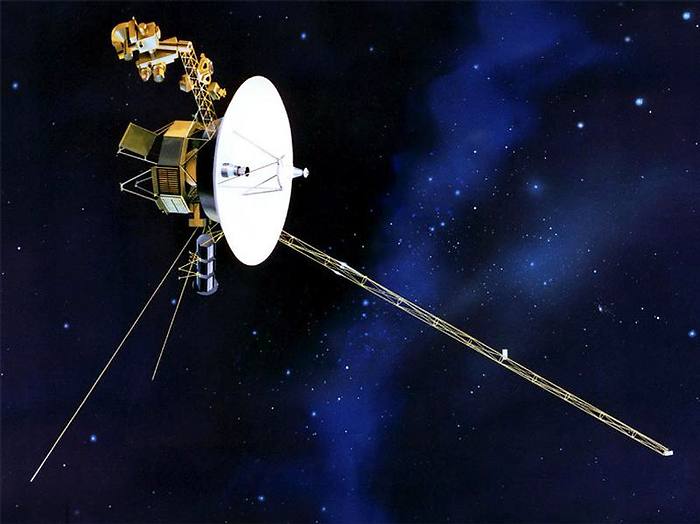
© Dr. Ding/Nature Communications. 10.1038/s41467-023-43894-9.A schematic depiction of the tilted inner core wobble.
Researchers from China have
confirmed the existence of an approximately 8.5-year Inner Core Wobble (ICW) in both polar motion and length-of-day variations, revealing a static tilt of about 0.17 degrees between the Earth's inner core and mantle, challenging traditional assumptions and providing insights into the Earth's internal dynamics and density distribution.
The findings of the study are published in
Nature Communications.The Earth's inner core is a solid, dense sphere composed primarily of iron and nickel. Located beneath the liquid outer core, it spans a radius of about 1,200 kilometers (746 miles). This region plays a crucial role in Earth's geophysical processes, influencing the planet's magnetic field and contributing to the overall dynamics of the Earth's interior.
Understanding the properties and behavior of the inner core is essential for unraveling mysteries related to Earth's structure, seismic activity, and magnetic field.
The ICW refers to the wobbling motion of the Earth's inner core around its rotation axis. This phenomenon is characterized by a periodic oscillation of the inner core's figure axis.
A new study has confirmed that the ICW of Earth has a periodic motion with a cycle lasting approximately 8.5 years. This wobbling motion has been observed in measurements of polar motion, the Earth's rotational axis' periodic movement and length-of-day variations (ΔLOD), and the changes in Earth's rotational speed.
Professor Hao Ding, co-author of this research and Dean of the Geophysics Department at Wuhan University, was inspired by the unconventional density structures revealed in Earth's free oscillation.
He told Phys.org, "My then Ph.D. student, Dr. Yachong An, and I discovered an 8.5-year signal in PM and ΔLOD, prompting us to conduct the present study."




Comment: See also: Scientists discovered a crucial element for life gushing out of Saturn's icy ocean moon